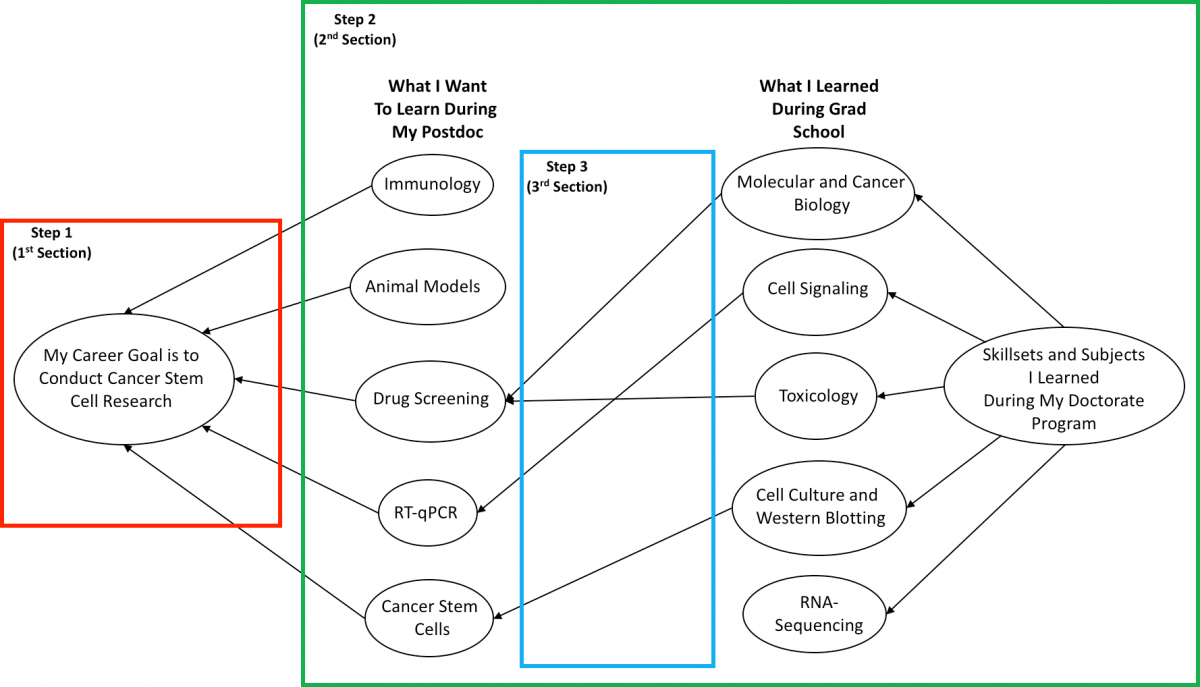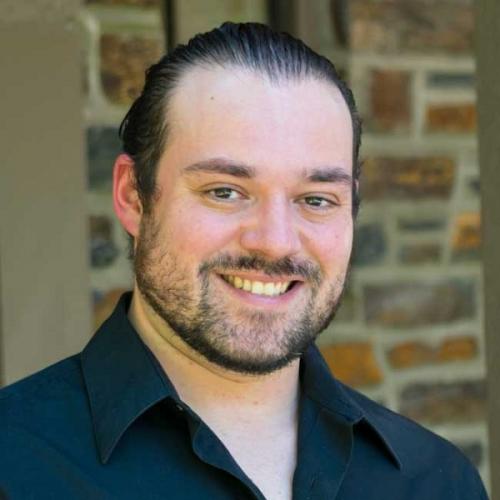
Blog
Establishing a Confident Mindset While Applying for Postdoc Positions

“One important key to success is self-confidence. An important key to self-confidence is preparation.” –Arthur Ashe
During the last six months of my doctoral program, I applied to almost fifty positions in cancer research without a publication or conference presentation. However, I still managed to secure multiple interviews and ultimately accepted an offer as a Postdoc Research Associate here at Duke University, an ideal outcome for a graduate student in a competitive research field. So how did someone like me manage to secure a postdoc position at such a prestigious university without a publication or conference presentation?
Knowing my CV alone was not going to help me stand out, I adjusted my application approach. Landing a postdoc position pivots on qualified graduate students’ abilities to present themselves and communicate confidently.
1. Begin Your Postdoc Search by Visualizing Your Goal
“In order to carry a positive action, we must develop here a positive vision.” – Dalai Lama
PIs are reluctant to hire postdocs who lack a basic idea of what they’d like to achieve. Why? PIs want to be confident in your expertise and want to know whether the skill sets and resources they provide will help you to achieve your objectives. Communicating your goals clearly in your cover letter and application helps the PI to assess whether you are a solid candidate for the position; help them help you! One way to help you understand your own vision is to create a diagram before beginning your application. This can be a helpful way to visually represent the complex nature of both your academic preparation to date and your aims for the future. When I was applying for postdoc positions, I made sure my cover letters contained the following clear and definitive statement of purpose:
“My career goal is to help create a standardized treatment that targets the cancer stem cell population as a co-treatment with current cancer therapies.”

2. Identify What You Know and What You Want to Learn
“No matter what road I travel, I’m going home.” – Shinso
Once you have a clearly established goal you can begin the postdoc search more confidently. How? To put it simply, your goal is “home,” where you would ultimately want to end up after completing your postdoc (tenure-track professorship, project leader in industry, etc.), but how you go about getting there can be accomplished in more ways than one. Just as multiple roads may lead to a particular destination, it’s important to realize that there are also multiple types of postdoc positions that can help pave the way towards your career goal. Knowing you have options can be advantageous to your postdoc search. Step 2 in the diagram directs you to make a list of what you have learned in grad school, along with a list of what you’d like to learn during your postdoc. Then, use those keywords and see if they help narrow your searches. Focus on positions where you can not only make a unique contribution but also grow professionally. Moreover, these keywords can also be used in your cover letter to show PIs how well-suited you are for their positions. In my own applications, this meant that I integrated relevant phrases from my diagram into my materials, as in the sample sentence below:
“Gaining experience in techniques such as qPCR, high-throughput screening, and in vitro RNA assays would help me design experiments for potential treatments that target the RNA of proteins that promote the activation of signaling pathways and that are exploited by the cancer stem cell population later in my career.”
3. Become an Entrepreneur When Applying for Postdoc Positions
“Your most unhappy customers are your greatest source of learning.”– Bill Gates
You’ll find plenty of suitable positions, but unfortunately, you won’t hear back from everyone. Try not to be discouraged by these small disappointments; learn from them and use the lessons to think of yourself as an entrepreneur pitching your research in a competitive market—stay confident, positive, and persistent. A good salesperson not only knows the product they’re selling (your expertise and skillsets), they also know the customer (the PI). Step 3 in the diagram should be used to connect your skillsets to their research techniques and objectives. Give yourself an opportunity to stand out by taking time to read the PIs’ papers. Learn about what techniques they use and identify the overall purpose of their research. You can use this information as a way to write a confident cover letter that attracts the PIs’ attention as well as make a sales pitch that you are the best candidate to help accomplish the PIs’ research objectives. In my cover letter, I advocated for myself using these techniques in the following way:
“Based on your research regarding the therapeutic implications for targeting RNA that is involved in the progression of prostate cancer, my experience in RNA sequencing, genomics, and bioinformatics research as well as my strong background in molecular biology, biochemistry, and cancer biology would make me an asset to your laboratory as a postdoctoral researcher.”
Incorporating these three tips into your postdoc search, as well as writing a customized cover letter, will greatly increase your opportunities of being offered interviews and eventually a position that suits the professional goals of both you and your PI.
Good luck and happy postdoc hunting!
Editors’ note: As a complement to this post’s advice, you can also consult the Duke Career Center’s resources on conducting a postdoc search.
Author

Sean Piwarski, Ph.D.
Postdoctoral Research Associate, Chemistry
Sean Piwarski is a postdoctoral research associate in the Department of Chemistry. He is a toxicologist and cancer biologist who is interested in how small molecules from the environment and diet affect cancer cell growth and metastasis. His research at Duke studies how small molecules target RNA in prostate cancer cells as a novel form of treatment and how long non-coding RNA affects cancer growth. Following the completion of his postdoc position, he aspires to work toward studying how to target cancer stem cells in tumors as a way to prevent treatment-resistance and tumor recurrence.